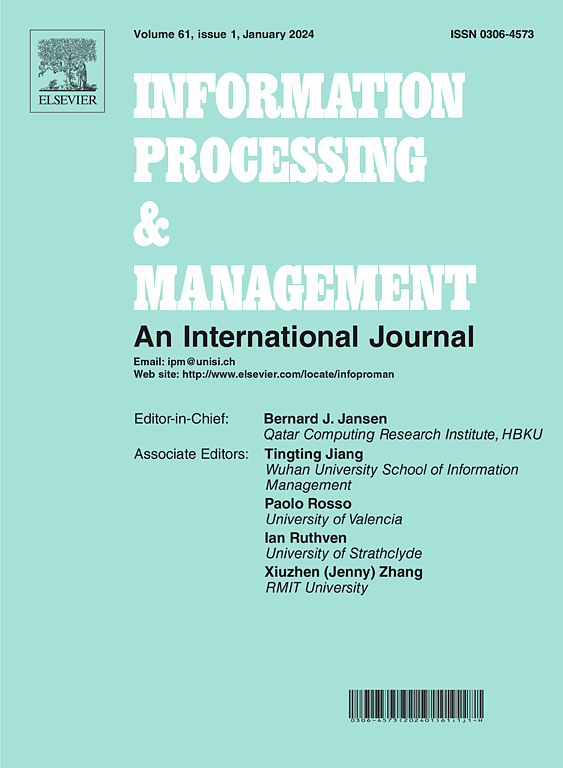LLM-infused bi-level semantic enhancement for corporate credit risk prediction
IF 7.4
1区 管理学
Q1 COMPUTER SCIENCE, INFORMATION SYSTEMS
引用次数: 0
Abstract
Corporate credit risk (CCR) prediction enables investors, governments, and companies to make informed financial decisions. Existing research primarily focuses solely on the tabular feature values, yet it often overlooks the rich inherent semantic information. In this paper, a novel bi-level semantic enhancement framework for CCR prediction is proposed. Firstly, at the data-level, a large language model (LLM) generates detailed textual descriptions of companies’ financial conditions, infusing raw tabular training data with semantic information and domain knowledge. Secondly, to enable semantic perception during inference when only tabular data is available, a contrastive multimodal multitask learning model (CMML) is proposed at the model level. CMML leverages the semantically enhanced data from the previous level to acquire semantic perception capabilities during the training phase, requiring only tabular data during prediction. It aligns the representations of tabular data with textual data, enabling extracting semantically rich features from tabular data. Furthermore, a semantic alignment classifier and an MLP classifier are integrated into a weighted ensemble learner within a multitask learning architecture to enhance robustness. Empirical verification on two datasets demonstrates that CMML surpasses benchmark models in key metrics, particularly in scenarios with limited samples and high proportions of unseen corporations, implying its effectiveness in CCR prediction through bi-level semantic enhancement.
基于llm的企业信用风险预测双层语义增强
企业信用风险(CCR)预测使投资者、政府和公司能够做出明智的财务决策。现有的研究主要集中在表格特征值上,往往忽略了丰富的内在语义信息。本文提出了一种新的用于CCR预测的双层语义增强框架。首先,在数据层面,大型语言模型(LLM)生成公司财务状况的详细文本描述,为原始表格训练数据注入语义信息和领域知识。其次,为了在只有表格数据的情况下实现推理过程中的语义感知,在模型层面提出了一种对比多模态多任务学习模型(cml)。cml利用前一层的语义增强数据在训练阶段获得语义感知能力,在预测期间只需要表格数据。它使表格数据的表示与文本数据保持一致,从而能够从表格数据中提取语义丰富的特性。此外,在多任务学习架构中,将语义对齐分类器和MLP分类器集成到加权集成学习器中,以增强鲁棒性。对两个数据集的实证验证表明,cml在关键指标上优于基准模型,特别是在样本有限和未见公司比例高的情况下,这意味着它通过双级语义增强在CCR预测中的有效性。
本文章由计算机程序翻译,如有差异,请以英文原文为准。
求助全文
约1分钟内获得全文
求助全文
来源期刊

Information Processing & Management
工程技术-计算机:信息系统
CiteScore
17.00
自引率
11.60%
发文量
276
审稿时长
39 days
期刊介绍:
Information Processing and Management is dedicated to publishing cutting-edge original research at the convergence of computing and information science. Our scope encompasses theory, methods, and applications across various domains, including advertising, business, health, information science, information technology marketing, and social computing.
We aim to cater to the interests of both primary researchers and practitioners by offering an effective platform for the timely dissemination of advanced and topical issues in this interdisciplinary field. The journal places particular emphasis on original research articles, research survey articles, research method articles, and articles addressing critical applications of research. Join us in advancing knowledge and innovation at the intersection of computing and information science.
 求助内容:
求助内容: 应助结果提醒方式:
应助结果提醒方式:


